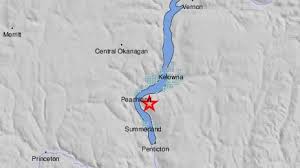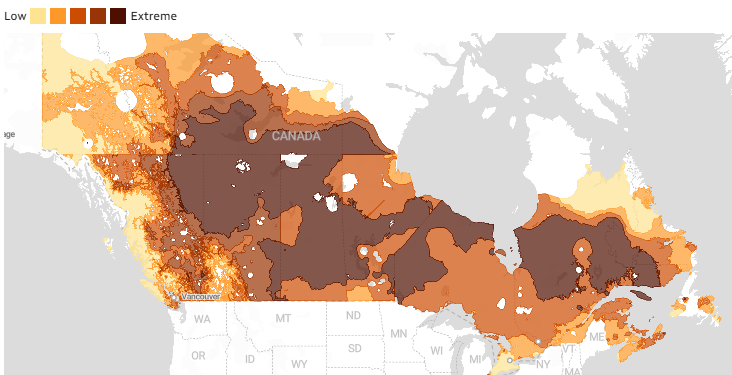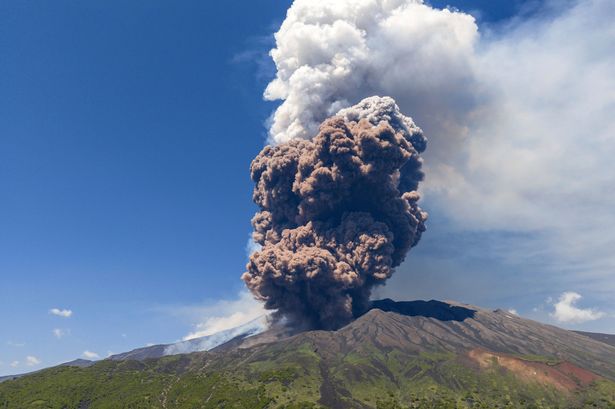
Introduction
Wildfires represent one of the most destructive forces of nature, impacting ecosystems, human health, and economies worldwide. As the frequency and intensity of wildfires increase globally, understanding their causes and consequences becomes paramount for effective management and prevention strategies. Recent wildfires in Canada and the United States have underscored the urgent need to address this growing concern, with millions of acres burned and communities affected.
Recent Events
The summer of 2023 has seen unprecedented wildfires in Canada, with over 15 million acres scorched in regions like British Columbia and Alberta. According to the Canadian Interagency Forest Fire Centre, these fires have released more carbon dioxide into the atmosphere than the entire country’s annual emissions. The severity of these wildfires is attributed to multiple factors, including prolonged drought conditions, rising temperatures due to climate change, and human activities. In fact, nearly 85% of wildfires are ignited by human activity, whether through campfires, discarded cigarettes, or arson.
In the U.S., states like California and Oregon are also grappling with devastating wildfires, which have destroyed thousands of homes, disrupted air quality, and threatened wildlife. Firefighters are struggling to contain the blazes, which are fueled by dry vegetation and strong winds. Communities have been forced to evacuate, highlighting the urgent need for robust emergency response plans.
Effects of Wildfires
The impacts of wildfires extend beyond the immediate destruction of property. Smoke from wildfires poses a significant health risk, leading to respiratory issues and increased hospital visits. Wildlife is also severely affected; many animals lose their habitats, leading to decreased biodiversity and disruption of ecosystems. Economically, the cost of firefighting efforts and the loss of property can amount to billions. The ripple effects are felt in tourism and local businesses that rely on the natural beauty of these areas.
Prevention Strategies
As wildfires continue to pose a risk, several preventive measures are being put into place. Governments and environmental organizations are advocating for better forest management practices, including controlled burns and the removal of dead vegetation. Public awareness campaigns aim to educate citizens about the importance of fire safety, particularly during wildfire season.
Conclusion
The rise in wildfire incidents underscores the necessity for effective management and prevention strategies. Climate change mitigation policies, alongside community preparedness, are crucial in reducing the risk and impact of wildfires. As Australia, Canada, and the U.S. address these challenges, the collective responsibility of individuals, communities, and governments will play a vital role in fostering resilience against future wildfires. Now more than ever, readers must remain aware and proactive in their region’s fire safety measures to protect lives and livelihoods.




